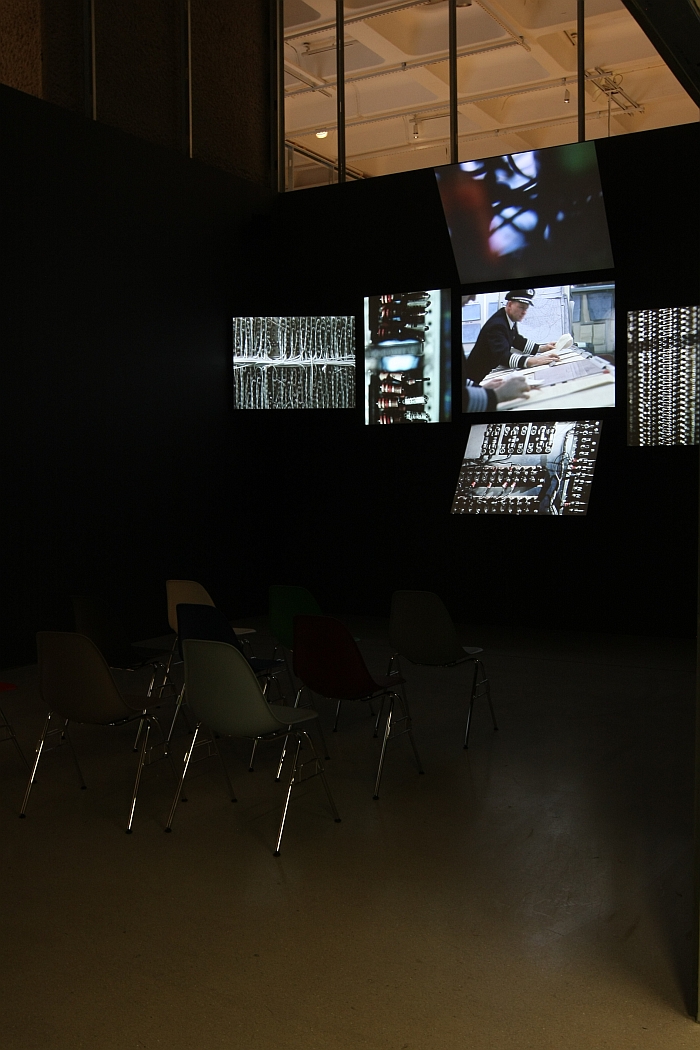2016 being as it is a leap year, February 2016 is graced with an extra day, and the global design and architecture museum community have jumped at the opportunity granted by the extra 24 hours to organise a record number of new design and architecture exhibitions. Reducing the selection down to five wasn't easy; but does mean that if you don't like our choices have a quick look at what is opening in Herford, New York, Zürich, Eindhoven, or, once again Zürich.... You're bound to find something!
"Colour Strategies in Architecture" at The Lighthouse, Glasgow, Scotland
"The color receptors of the retina have been evolved and conditioned in the course of the ages by the combined color stimuli of the natural scene. Static coloration can never assure enduring psychological satisfaction; it is unnatural. ... Colors should set each other off refreshingly, not only in space, side by side, but also in time, one stimulation following another. Any unchanging, combination becomes unbearable for an extended period, even if the initial selection of colors seemed perfect. Color perception, like form perception, takes place in the space-time continuum. To treat it in relation to space alone is in itself a defective approach" Richard Neutra, 1954
Based on a research project undertaken by the University of Edinburgh and the Haus der Farbe, Zürich, Colour Strategies in Architecture presents six examples of 20th century architectural colour design by, amongst others, Basil Spence, Lux Guyer and Hans Scharoun, through which the curators aim to present different aspects of the function of colour in architecture, elucidate on the role of colour in our perception and appreciation of architecture and thus stimulate a discussion around such amongst lays and professional alike. And potentially prove or disprove Richard Neutra's thesis.
Colour Strategies in Architecture opens at The Lighthouse, 11 Mitchell Lane, Glasgow, G1 3NU on Monday February 1st and runs until Sunday April 3rd
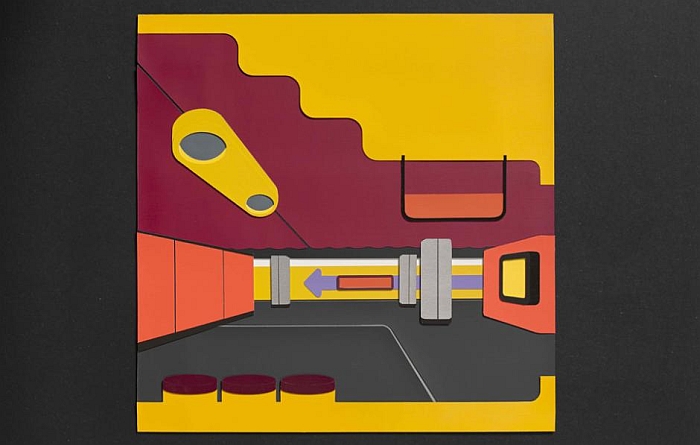
"Theo van Doesburg. A New Expression of Life, Art and Technology" at BOZAR - Centre for Fine Arts, Brussels, Belgium
Understanding the rise of European modernism, and just why modernism represented such a decisive break with previous traditions in art, architecture and design requires more than just studying the works of the Gropiuses, van der Rohes and Corbusiers of this world, it also involves studying those who contributed to the development and dissemination of the ideas: individuals such as the Dutch artist, publisher and critic Theo van Doesburg. Best known as co-founder of the magazine De Stijl, a publication which became eponym for the Dutch modernist movement, Theo van Doesburg was also largely responsible for bringing Dada to Holland, including establishing the Dada magazine Mécano in 1922; spent time in Weimar where, after Gropius refused to admit him as a member of the Bauhaus teaching staff, he taught private classes where he explained the De Stijl philosophy to Bauhaus students; and participated in and organised numerous pan European Avant Garde conventions including the, highly entertaining sounding, Congress of the Union of International Progressive Artists held in Düsseldorf in 1922 and which saw members of, amongst others, the Berlin November Group, the Gruppe 1919 Dresden, Der Sturm and various Italian Futurists and Russian Constructivists argue about the direction of the(ir) movement. Theo van Doesburg died in 1931, aged just 48, and in their exhibition Theo van Doesburg. A New Expression of Life, Art and Technology the BOZAR aim to explain just how much he crammed into those years and how through his travels, publications, lectures and contacts he helped advance new thoughts on and understandings of architecture, art and design, and thus helped bring us to where we are today.
Theo van Doesburg. A New Expression of Life, Art and Technology opens at BOZAR - Centre for Fine Arts, Rue Royale/Koningsstraat 10, 1000 Bruxelles/Brussel, on Friday February 26th and runs until Sunday May 29th.
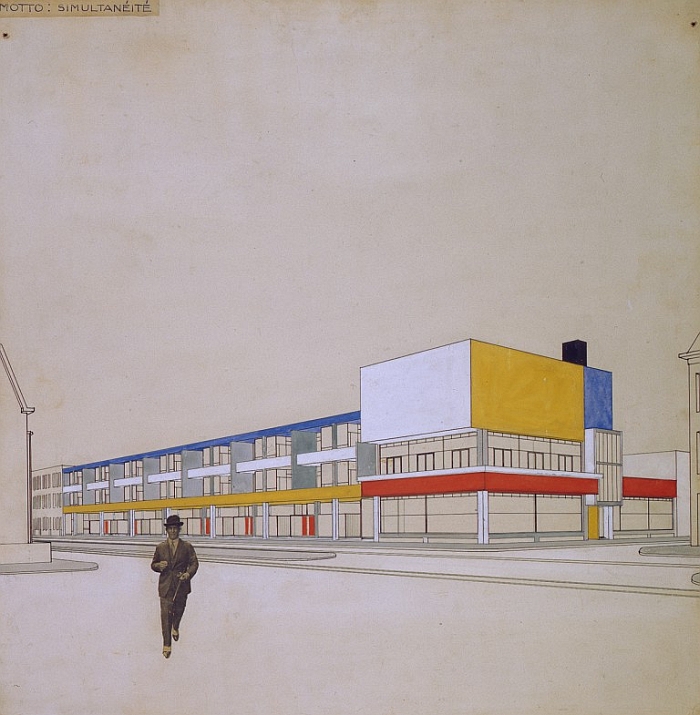
"Ekstrøm Extreme. Furniture and Industrial Design" at The Museum of Decorative Arts and Design, Oslo, Norway
Anyone unsure as to why they should visit the exhibition Ekstrøm Extreme. Furniture and Industrial Design is invited to type "Terje Ekstrøm" into their preferred search engine. Then into their preferred online encyclopaedia. And then view Terje Ekstrøm's Ekstrem Chair. Consider that it was created in 1972. In Norway. Type "Terje Ekstrøm" into their preferred online encyclopaedia Then into their preferred search engine. And then book a flight to Oslo.
Ekstrøm Extreme. Furniture and Industrial Design opens at The Museum of Decorative Arts and Design, St. Olavsgate 1, 0165 Oslo on Sunday February 14th and runs until Sunday May 15th
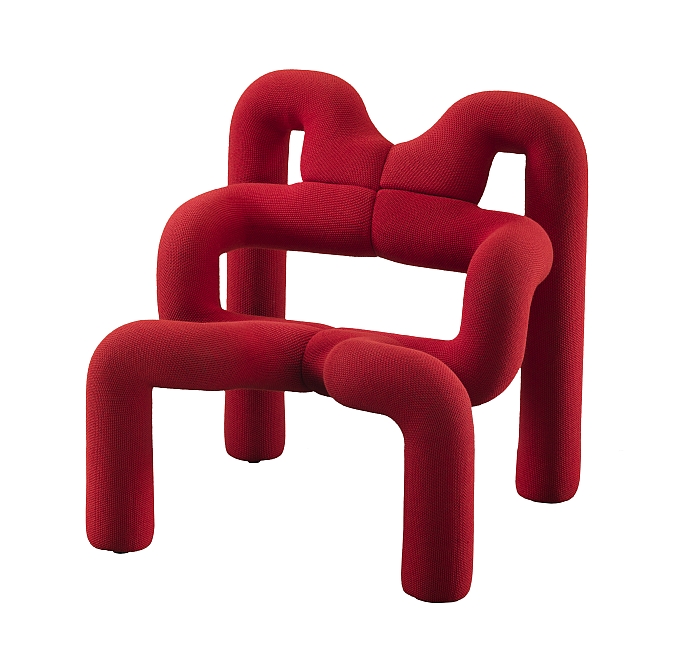
"Pier Luigi Nervi. Architecture for sport" at the MAXXI Architettura Archives Centre, Rome, Italy.
The history of architecture is littered with the names of those who have advanced the use of concrete as a building material: Oscar Niemeyer, Tadao Ando or Le Corbusier, to name but three. Yet amongst the good and great there is arguably no-one who has given concrete such a grace, beauty and majesty as the Italian engineer Pier Luigi Nervi. Specialising in so-called thin shell structures Pier Luigi Nervi developed a wide range of projects over the course of his career including housing, administrative buildings and sports stadiums - sixty of which feature in the MAXXI Architettura Archives Centre Rome's exhibition. Promising a mix of models, sketches and photographs the exhibition aims to present Nervi's contribution to sport architecture over a period of neigh on forty years starting with his 1931 Stadio Berta, the current Stadio Artemio Franchi, in Florence and ending with the sprawling Kuwait Sports Centre from 1969, and in doing so aims to not only show how the design of sports complexes developed over the decades, but also how Pier Luigi Nervi developed as an architect and engineer.
Pier Luigi Nervi. Architecture for sport opens at the MAXXI Architettura Archives Centre, Via Guido Reni, 4 A, Rome on Friday February 5th and runs until Sunday October 2nd
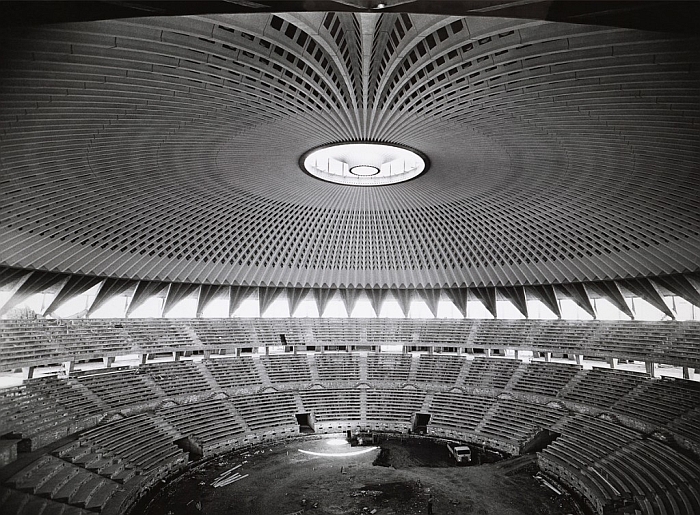
"Make-Believe America" at the Museum of Design, Atlanta, Georgia, USA
In 1953 the United States Information Agency, USIA, was established with the aim of promoting American culture to the cold war generations - both domestic and international - and thus underscore American supremacy and undermine Soviet propaganda. Perhaps best known through the "Voice of America" radio station whose operation the USIA took over and expanded, another important aspect of the USIA's modus operandi was exhibitions: an aspect of their work for which the USIA relied on cooperations with many of America's most important post-war designers and architects including, amongst others, Charles & Ray Eames, George Nelson, Alexander Girard, Richard Buckminster Fuller or Herbert Bayer.
Curated by Andrew J. Wulf and focussing on the years 1955 - 1975 and thus, we presume, exhibitions such as the 1959 American National Exhibition in Moscow, The World of Franklin and Jefferson and the numerous World's Fairs pavilions for which the USIA were responsible, Make-Believe America aims to explore the USIA's exhibitions as a conduit to demonstrating how design was used as a Cold War propaganda tool to underscore the vitality of the American Dream and America's leading role in global politics, economics and culture. We hope it will also find space to explore why the designers contributed and how much political conviction stood behind their contributions.
Make-Believe America opens at the Museum of Design Atlanta, 1315 Peach Tree Street, Atlanta, GA 30309 on Sunday February 28th and runs until Sunday June 12th.
